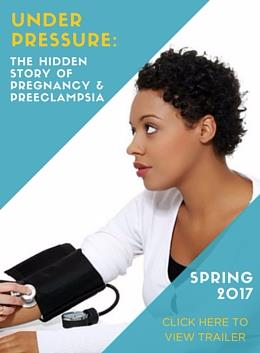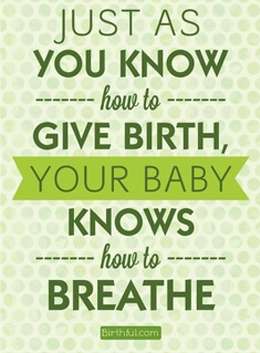I am a maternal fetal medicine specialist; simply put, I take care of pregnant women with high-risk complications like HIV, diabetes, brain tumors and fetal anomalies. I have had the fortunate opportunity to ply my craft in both affluent and underserved communities, thus offering a unique perspective on the duality that exists for maternal health care.
It is a known fact that poverty and health care disparities exist in America’s underserved communities. As the Vice Chairman of Ob/Gyn at Brookdale University Hospital and Medical Center, located in Brooklyn’s Brownsville section, I care for the citizens of said communities – those who view healthcare as an unattainable luxury, a burdensome expense, and use the ER as a primary point of care. The statistics here as they relate to perinatal health and infant morbidity and mortality rival that of third world nations. When first seen, the majority of my patients are towards the end of the disease spectrum, when they are ‘crashing and burning,’ leaving little room for improvement of outcome. It has been my experience that in the affluent setting, the converse situation takes place; rather than using the ER as a primary point of care, patients seek continuous healthcare allowing for preventative therapies and early intervention should an issue arises.
While there are many factors, some still unexplained, which account for the degree of disparity and poor outcomes in these underserved communities, one factor – lack of health insurance -was obviated with the introduction of health care reform. As of January 2014, the Affordable Healthcare Act, among its other mandates has ensured that:
- Women cannot be charged more for insurance premiums because of their gender
- Health insurers cannot charge more or deny insurance coverage for those with pre-existing medical conditions
- Insurers cannot discharge you from plans should you become ill
- Preventative care for women is covered
While these reforms will most certainly aid to close the gap in maternal health care disparities, it has yet to be seen by how much. Their effectiveness hinges on the success of educating those previously unserved or underserved of their rights – in short enhancing health literacy. So where do we go from here? What are the next steps needed to ensure the continued evolution of health literacy? Health reform is wonderful, but without advocacy and a plan to educate those communities of options, changing current perceptions that proper healthcare is something affordable AND attainable, it will be for naught, and the cycle will remain unbroken.
The next few months will be critical in evaluating just how the government and America’s communities as a whole will see to the success of the platform. The effectiveness of healthcare reform ultimately hinges on the understanding of its life altering benefits by those whom it seeks to serve. Our future as a country is only as strong as our next generation, and is thus dependent on healthy moms producing healthy babies. From the White House to the ‘white coats,’ we all have a responsibility to ensure that positive outcome. When speaking of the successful implementation of the Affordable Healthcare Act, as it relates to maternal health, the old adage still rings true – ‘it takes a village to raise a child.’







